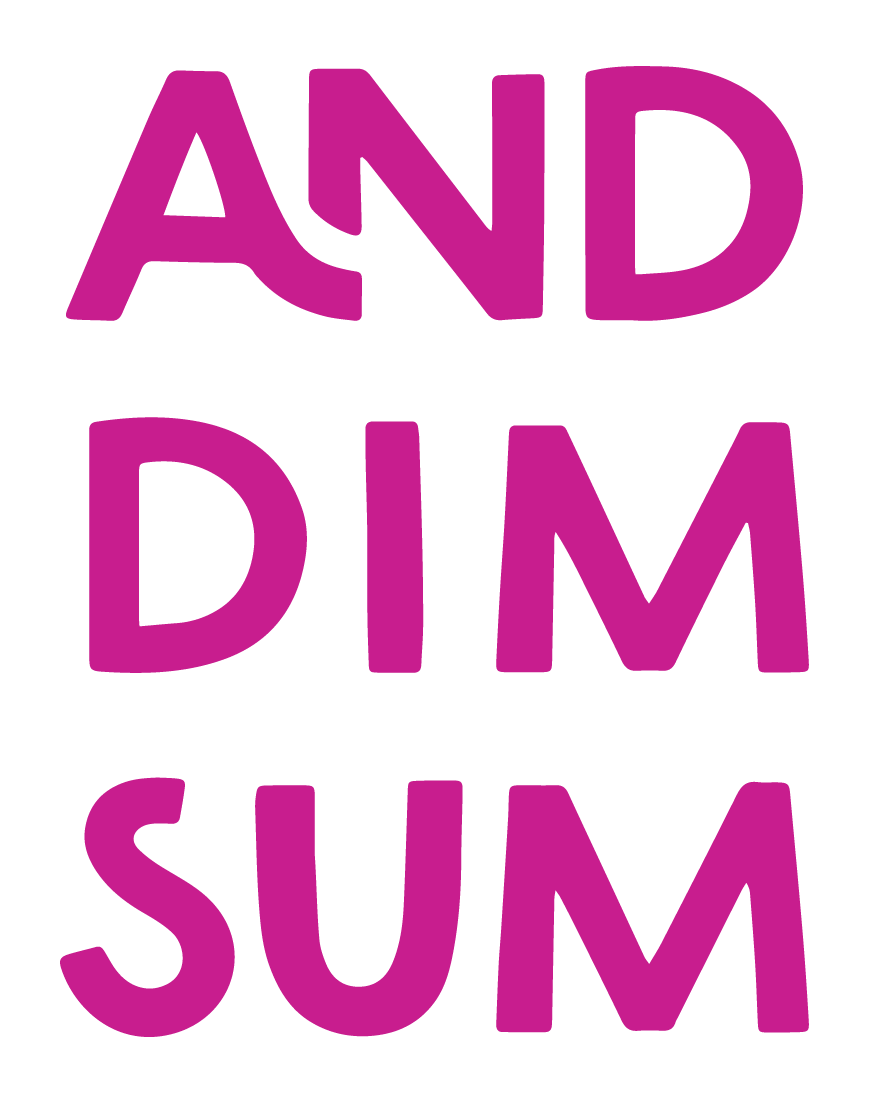Sake Tasting (Part 2)
Our bar manager, Nathan, doing the hardest part of the job.
Last time we talked about what sake is (it’s its own thing! Not a wine, not a beer), this time we want to do a deeper dive. Lets start with some sake vocab:
Dai ginjo
a sake with distilled alcohol added with a milling rate of at least 50% (that is, 50% or less remaining. Less confusing with other milling rates)
Junmai Daiginjo
a sake with a milling rate of at least 50%
Ginjo
a sake with distilled alcohol added with a milling rate of at least 40% (60% left of the rice grain, so 40% polished away)
Junmai ginjo
a sake with a milling rate of at least 40%
Koji
a mold culture used in sake fermentation. Looks like slightly brown rice.
nigori
A lightly filtered style, with pronounced sediment
NIHONSHU
The offical name for what the Western world calls “sake”.
Junmai
a sake with a milling rate of at least 30%
SMV aka Nihonshudo
“Sake Meter Value” number is based on the density of the sake. 0 is a sake between semi sweet and semi dry, the larger the number, the drier, while the smaller, the sweeter.
So what does this have to do with tasting? Well, while rice does not have to be polished at all to make sake (if it is labeled “junmai” or “futsu-shu” there is no milling requirement), the sake that fans generally qualify as “really good” is going to be milled. Thus, when you are reading a sake list (or just the back label at your local bottle shop) if you see the words “ginjo” or “daiginjo”, you know that this sake is required to use milled rice, and is more likely to fall in the “really good” category. Think about it this way: if the only beer you ever had was Pabst (no knock against PBR, there is a place for it!) and you never tried a craft brew, you might think that you just don’t like beer. Instead, use this guide to seek out the really good stuff in order to find out what you like .
Another good marker of style is the SMV, or “Sake Meter Value.” Ranging from -10 to 10, the sakes labeled -10 will be the sweetest styles, while 10 will be driest—you likely already have an idea of what you like in regards to sweetness, so this can either guide you towards or away from something you might not enjoy. Unlike other beverages with sweetness scales (the German Pradikat scale comes to mind, with each winery determining what sweetness means numerically), the SMV is an industry standard in Japan.
Next time, let’s check out a sake label and apply what we have learned!


